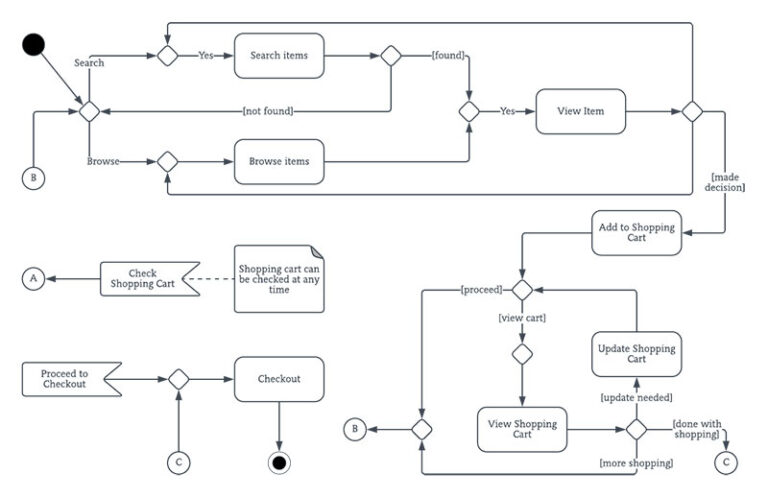

As one author notes, “It can help you get buy in from team members for the solution chosen-after all, they were involved in developing it.” It also enables other stakeholder groups to feel a degree of ownership of the project’s resulting direction. (Once brainstorming is well underway, a database analyst, for example, can bring insights about information storage that no one else could.) Therefore, if a diverse, representative group of participants is chosen, brainstorming can ensure that a broad range of ideas and expertise are included in the ideas that result.įinally, since it is virtually impossible for an analyst to uncover every consideration during discovery or any other stage of a project, brainstorming takes some of the research pressure off the analyst. As BABOK states, “The aim of brainstorming is to produce numerous new ideas, and to derive from them themes for further analysis” (9.3.1)-making brainstorming a potent tool during nearly any evolving stage of a project.įurther, the process of brainstorming can be a great way to get quieter or less imaginative stakeholders to think outside the box and to elicit their creativity. However, there are truly few developmental parts of a project that cannot benefit from brainstorming. In UML for the IT Business Analyst, Howard Podeswa describes brainstorming as useful “during the Initiation phase and whenever the project is ‘stuck’”. The Benefits of Brainstorming in Business AnalysisĪs BABOK states, multiple stages of a project can benefit from brainstorming, from identifying your stakeholders (2.2.5), to eliciting requirements, to enterprise analysis (5.1.5). Brainstorming is most effective when it seeks to focus on one specific topic, rather than covering a broad spectrum.
#Business process modelling techniques how to#
BABOK states that brainstorming aims to answer a specific question, such as how to resolve an issue, what factors are holding a group or organization from moving ahead, what may be causing a delay in a development, or what may be done to solve a problem (9.3.2). Specifically defined for one stated purpose. For a fuller perspective on the differences between brainstorming groups and focus groups, see Difference between a Brainstorm and Focus Group. A focus group is normally composed of customers who are giving their feedback about the already-refined ideas. A brainstorming group is normally composed of organizational stakeholders who are generating ideas that will be refined later. Having a completely different purpose than the focus group technique, although both may be similar in their structure and number of participants. BABOK advocates that brainstorming is “best applied in a group as it draws on the experience and creativity of all members” (9.3.2). Though some authors advocate that individual brainstorming is more productive because it enables people to think without filters or judgment, here we’re focusing on the more common practice of group brainstorming where multiple stakeholders are pulled in. For business analysis, we define brainstorming as:Īn activity done in a group, not individually. It’s also generally understood to be a technique where every idea, no matter how outside-the-box, is encouraged-and the more ideas that are generated, the better.īut it’s worth taking a moment to define what this term means as it specifically applies to business analysis. Merriam Webster defines brainstorming as “a group problem-solving technique that involves the spontaneous contribution of ideas from all members of the group” -pretty basic. At first blush the definition of brainstorming may appear to be commonly understood.


 0 kommentar(er)
0 kommentar(er)
